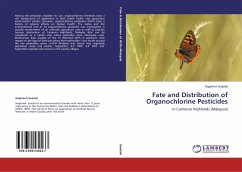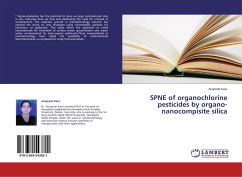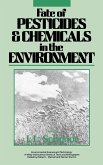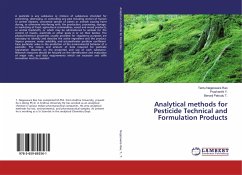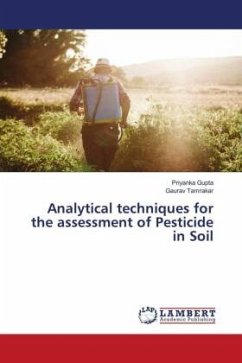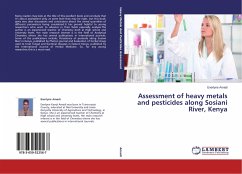Among the pesticides available for use, organochlorine chemicals have a rich background of application in both public health and agriculture advancement sectors. However, organochlorine pesticides (OCPs) have a history of adverse effects on human health. The status and the environmental fate of 18 organochlorine pesticides was investigated in aquatic environment of an intensive agriculture area as well as popular tourism destination of Cameron Highlands, Malaysia that can be considered as a model area where pesticides were intensively used. Multivariate data analysis of the 15 detected OCPs in sediment, with respect to the type of land-use shows that endosulfan I was found around the tea plantation areas; Gamma-HCH (lindane) was found near vegetable plantation areas and endrin, heptachlor, 4,4' DDD, 4,4' DDT, and heptachlor epoxide were found in the nearby villages.
Bitte wählen Sie Ihr Anliegen aus.
Rechnungen
Retourenschein anfordern
Bestellstatus
Storno

